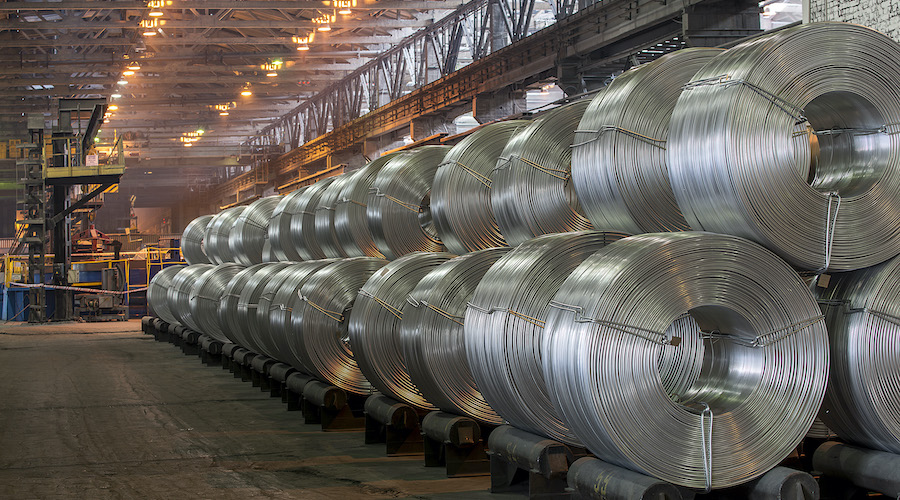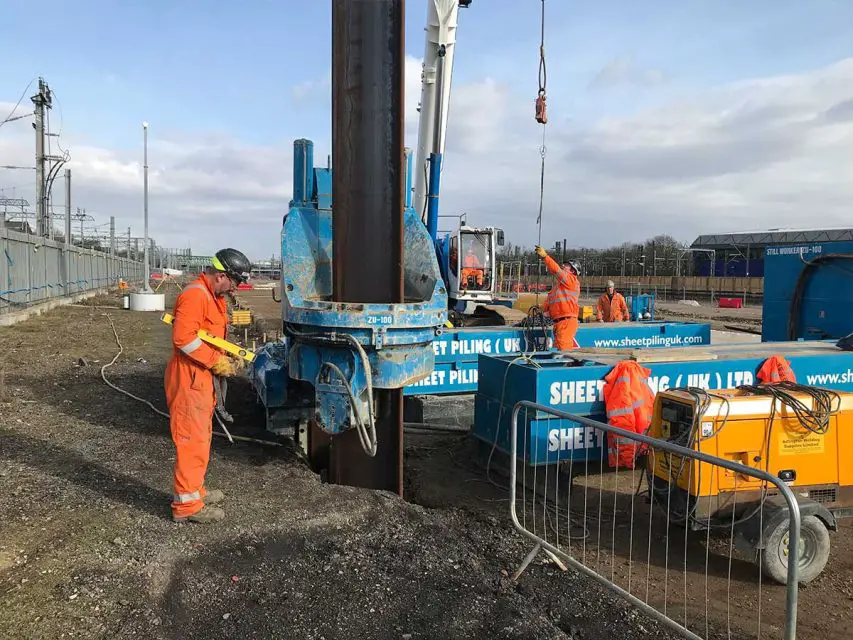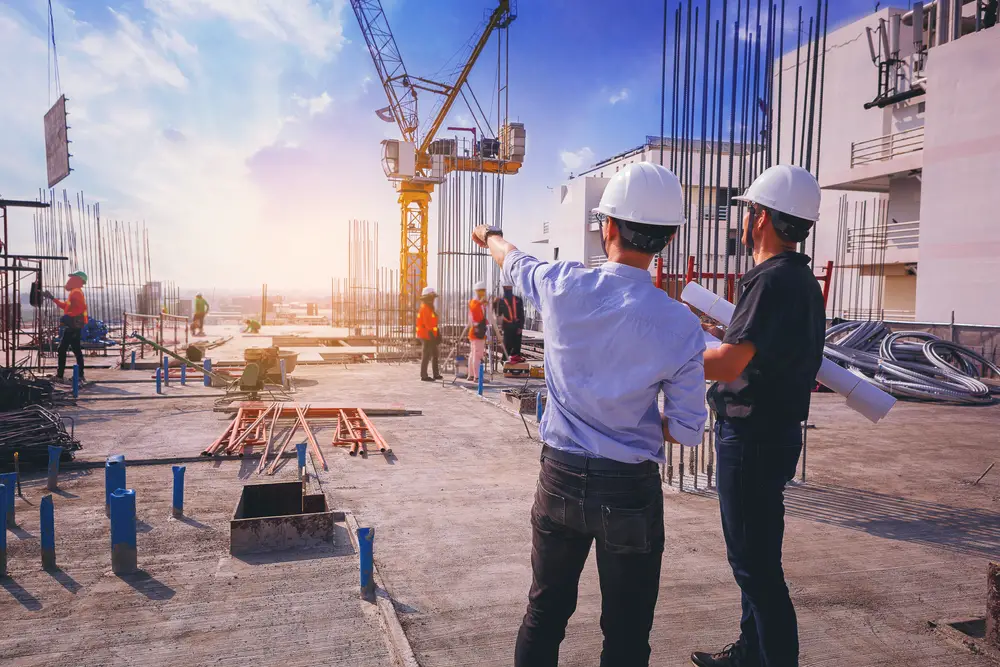The one constant reality in the world of construction that is unanimously accepted is that the cost of construction is anything but constant. We spend a lot of time looking at construction costs, and each time we end up with the same conclusion, construction never gets cheaper. Often over the years, construction costs have risen at or even above the level of overall inflation. In comparison to the 1950’s, constructing a square foot of a building costs more now than it did then. Our conclusion on construction cost is always the same because we look at it in general. Construction though, consists of thousands of separate tasks which all eventually combine into one thing; a building, an industry, or even a road. It entails pouring concrete, digging foundations, nailing, and even cementing. We take an introspective view and see how construction costs are changing based on task-by-task level.
1. The Price of Aluminum Metal
In terms of construction costs, the price of aluminum metal has fallen considerably over the years. According to RSMeans, from 1954-1985, the price of aluminum metal fell by nearly 50% in retail. This in turn affected the pricing of various aluminum products and their installation. This includes gutters, windows, and to some extent even handrails. The price of aluminum has continued to decrease considerably from 1985 to 2023, but it did not result in these construction tasks getting cheaper during this period. However, it did affect some of the pricing, aluminum gutters, and railing installation prices have been reduced considerably. Some though such as aluminum siding, windows, and downspouts have not.

2. Pneumatic Nail Guns
The cost of nailing in construction cost has considerably reduced over the years, with the introduction of pneumatic nail guns playing a role. Pneumatic nail guns would have been available in the 1950s but became more common in the 1980s. Since then, these guns have considerably lowered the cost of anything that could be nailed, such as joist framing, exterior walls, plywood, and joist hangers. Unfortunately, this does not play out in the same way for most products across the construction industry. Chair rails and crown molding, which are also installed by nailing, have not gotten cheaper over the period. This can be attributed to an increase in labor costs on nailing, which has increased significantly over time.

3. Piling Construction Costs
Piling is defined as foundations that are driven or bored through the ground along a certain length of area. It aims to carry and transfer loads to soil considered to be weak in structure due to the soil conditions. The construction cost of piling has gotten considerably cheaper between 1954 and 2023. This can be attributed to the fact that heavy-lifting construction improved in that period. It can also be attributed to the fact that there was an increase in innovative types of piling. This ensured that there were a variety of options for how one could save on cost by using a cheaper piling type that fitted their construction needs.

4. House Appliances
The construction cost of house appliances such as electrical appliances, and water appliances, among others, has gotten cheaper. According to the data obtained from the FRED Economic data, it is safe to conclude that the pricing of house appliances has gotten cheaper over the years. This can be noted because consumer data from 1960 to 2023 has immensely increased. The construction cost of house appliances can be attributed to having gotten cheaper over the years because of the improvements in their make. Data from RSMeans shows that the expense of electrical appliances such as water heaters got cheaper from 1954 to 1985 and more cheaper from 1985 to 2023.

5. Construction Labour Costs
Over the years, the construction labor costs have significantly increased. Data obtained from the Construction Labour Market Analyzer (CLMA) shows that labor cost percentages in construction lie between 20% and 40% of the total project budget. Construction costs on labor do not only entail payment of wages. Other costs that fall under the labor umbrella include payroll taxes, paid time off, worker’s compensation, and other forms of insurance. It also includes recruiting and training costs, and payroll frauds among others. Over the years, the cost of labor has increased compared to previous years despite productivity remaining relatively constant as insight by RSMeans.

This review on construction cost on the basis of task-by-task level, its cost is getting relatively cheaper in some aspects but increasing exponentially in others over the years.
Also read:
